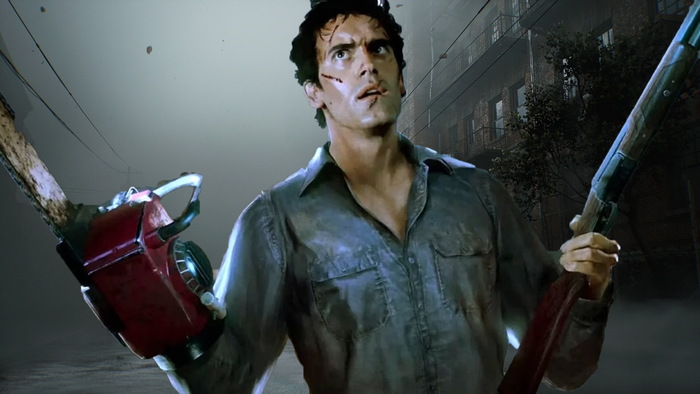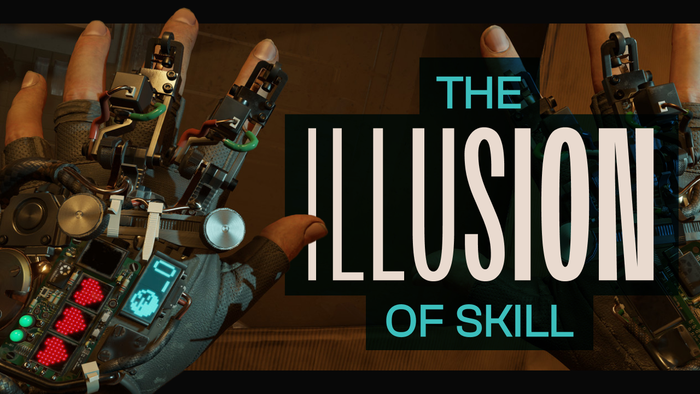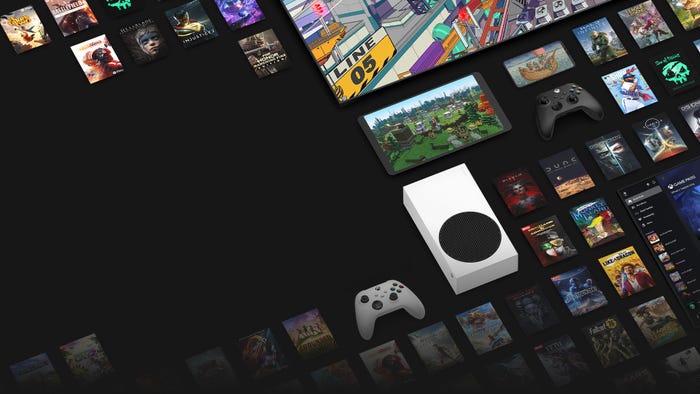
Featured Blog | This community-written post highlights the best of what the game industry has to offer. Read more like it on the Game Developer Blogs or learn how to Submit Your Own Blog Post
Mental Models In Games - Part 1
The first part of an article about mental models in games.

This is a repost from my blog, Aliasing
Introduction
I was pondering on Wii Sports and its relation to reality. I sometimes see people trying to play Wii Sports (tennis, for the most) like it was real tennis, and they marvel at the fact that they can't do all the gestures they would do on a real tennis court. This often happens when the person complaining has a real-life experience with the sport or activity involved in the videogame. Of course the number of people who complain about this is very, very low, as we all know Wii Sport is mainly accepted as capable of providing the most accurate real-life feel of the sports included in the package (except for Boxing, due to the Nunchuck's rough control).
This is maybe due to the fact that we humans tend to dissect reality in mental models created by our own brain. When we see a match of baseball, we strip down the movements of the players to the essential ones that dictate the game's outcome. We don't pay too much attention to all the body movements of the batter, we only need the swing movement.
In a recent book, game designer Jesse Schell says: "The only way our minds are able to get by all is by simplifying reality so we can make some sense of it. [...] Our brain do a tremendous amount of work to boil down the complexity of reality into simpler mental models that can be easily stored, considered, and manipulated1."
Very often games are based only on the mental model of a given activity, this is a very common approach that generated a lot of milestone titles in the history of gaming, we can think for example of the Sims or Sim City, flying simulator, and most sport games. They mirror a real life activity only in its most important aspects, they are (under the graphics) the same mental model that our brain creates when dealing with that activity. Useful data, possible actions, nothing more. This gives the brain a relief because it doesn't have to draw the model itself, so it can concentrate on the gaming, on the goals, on the ways to achieve them.
Actually, some game designers of old performed this simplifying activity only because of technical limitations. A game like Pac Man permits movement only on two perpendicular axes because the hardware running it permitted only two-dimensional input (up, down, left, right).
As hardware and consoles move on, new possibilities open and game designers take advantage of them.
That's were I trace a big divide. There's two main flow of thinking: one is the people that use the new possibilities to add complexity to the game by making it more similar to reality, and those who do so to enhance gameplay (and sometimes even purposedly waste the expanded capabilities of technology just because they don't need them!).
Mind me, no-one is wrong here. Sometimes players actually like to see more complexity just for the sake of it, just to feel more immersed in the game. This is the case for shooters, driving games, flying simulations. We see better lighting, better physics, better textures, and so on. It's ok and it's a good accomplishment which I honestly like, but it's not the only way to go, as some products showed us.
A bold move
Speaking of the other branch of game concept enhancements, I really appreciated the decisions made by Konami and the designers that worked on the Wii edition of PES 2008. They made a very bold move by actually moving away from reality with this new iteration of the series, but the game is an overall success and, moreover, it provides players with a very new angle on soccer games.
For those who had not played the game, in short, it lets the player control all his team at once by moving the players on the pitch like in an RTS, with a point-and-drag style. The different players are assigned to tasks, like 'mark this opponent man-to-man', 'guard this area', 'run to that spot' and so on. Actually in the attacking phase you can also control the bearer of the ball, shoot and pass, in the typical soccer games fashion. The passing is not handled by pressing a button and a direction, but by pressing a button and pointing to the spot where you want the ball to go to.

Where other games (the very same PES 2008 for the other consoles too) chose to enhance graphics, give the player more detailed and fluid animations, better commentary and so on, this Wii edition chose the unbeaten path by adding arrows on the field, icons on the head of the players about to shoot, the possibility to control both your player and the teammates, resulting in a very enjoyable, refreshing and satisfying experience.
To add all those features they took some mechanics out of the game to balance the overall complexity. They for example inhibited the possibility to direct the shoot, handing this task to the AI. Some players felt betrayed by the impossibility of controlling what were key aspects of the other editions and this, together with the apparent deep complexity of the game, cut short the game sales and success. (by the way Konami made some steps back in the 2009 edition to satisfy everyone, adding shoot directioning and the possibility to play with traditional controls)
Those willing to embrace the task though, found that the game is not so hard. Reality is that the designers, headed by Shingo 'Seabass' Takatsuka and Naoya Hatsumi spent a lot of time in finding the right way to create a new model of gaming based on mental model of soccer that gamers could find easy to decode and use. This model resembles more a soccer game as it is watched in tv than one actually played.
On the Nintendo Channel on the Wii there's a video showing the producer of the game doing experiments with eye tracking. The video clearly shows that the model works: the player doesn't have to keep an eye on the player that possesses the ball, his eye goes back and forth on the field in an effort to find an unmarked man, or free space to pass the ball. This deep testing gave the developers the assurance that the control scheme they envisioned was, if not easy, at least possible to handle for the average player.
Read more about:
Featured BlogsAbout the Author(s)
You May Also Like


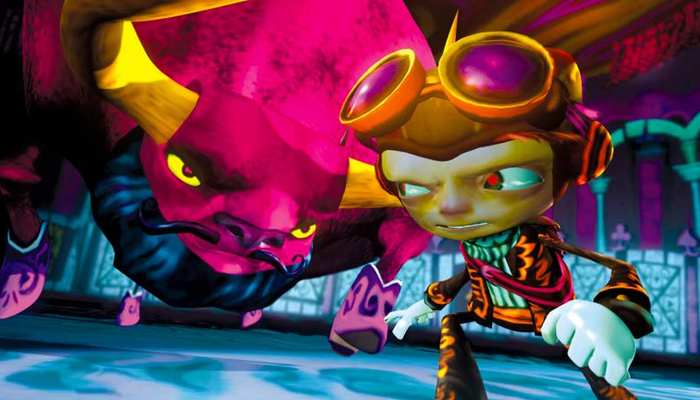
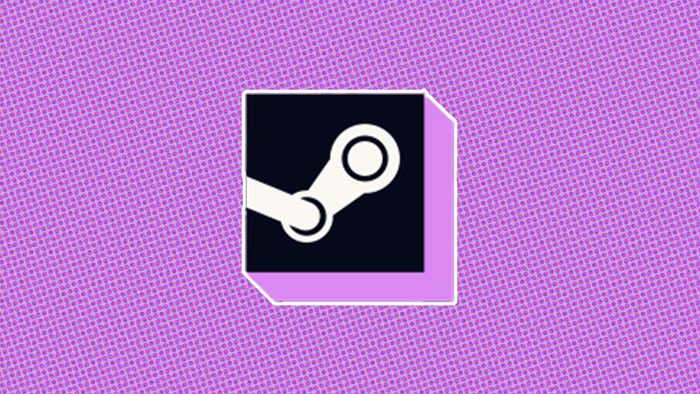

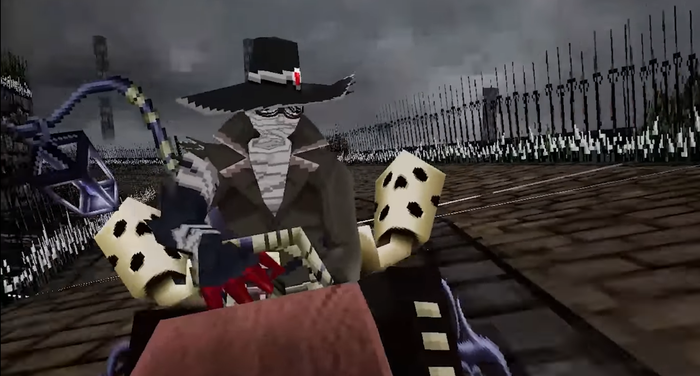
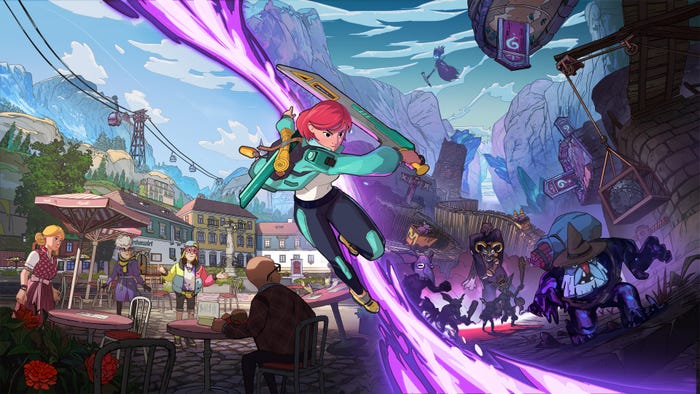
.jpeg?width=700&auto=webp&quality=80&disable=upscale)


